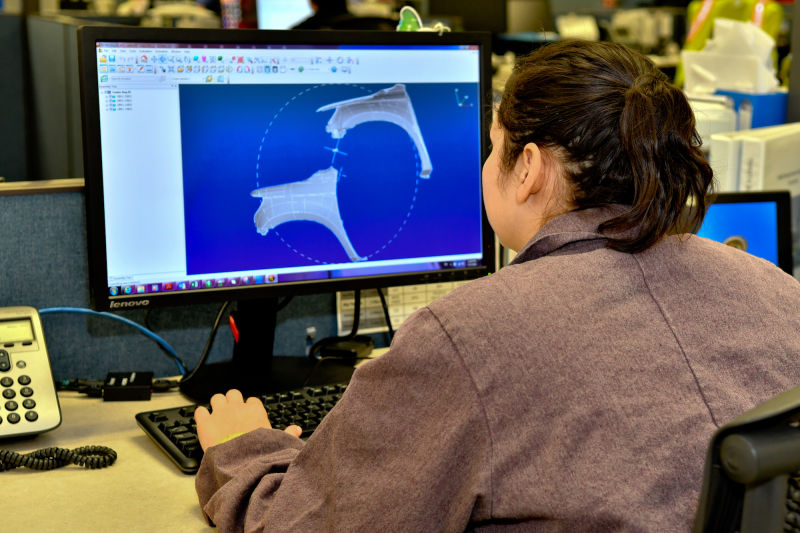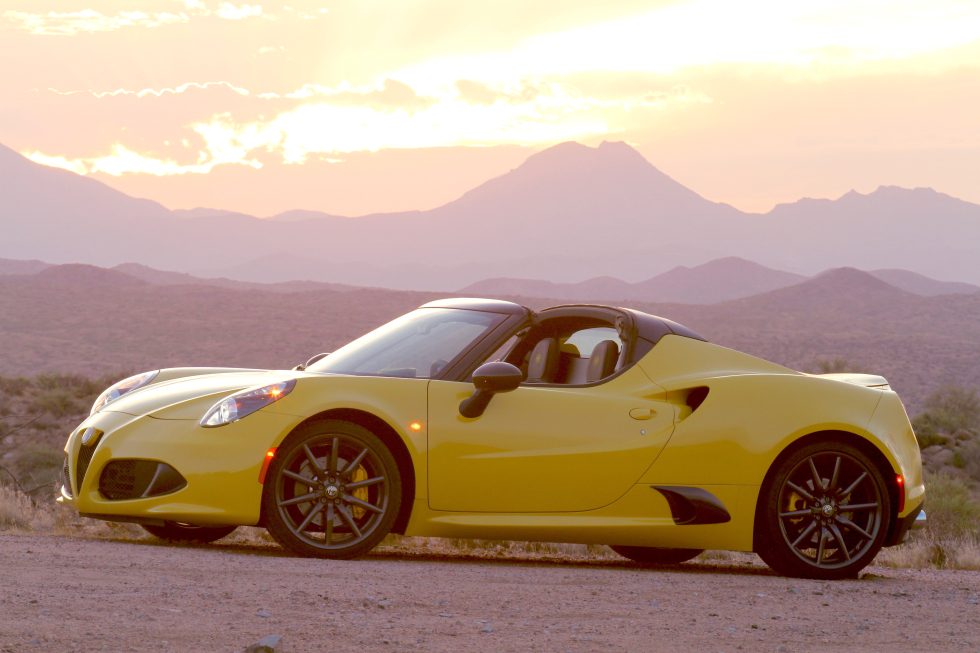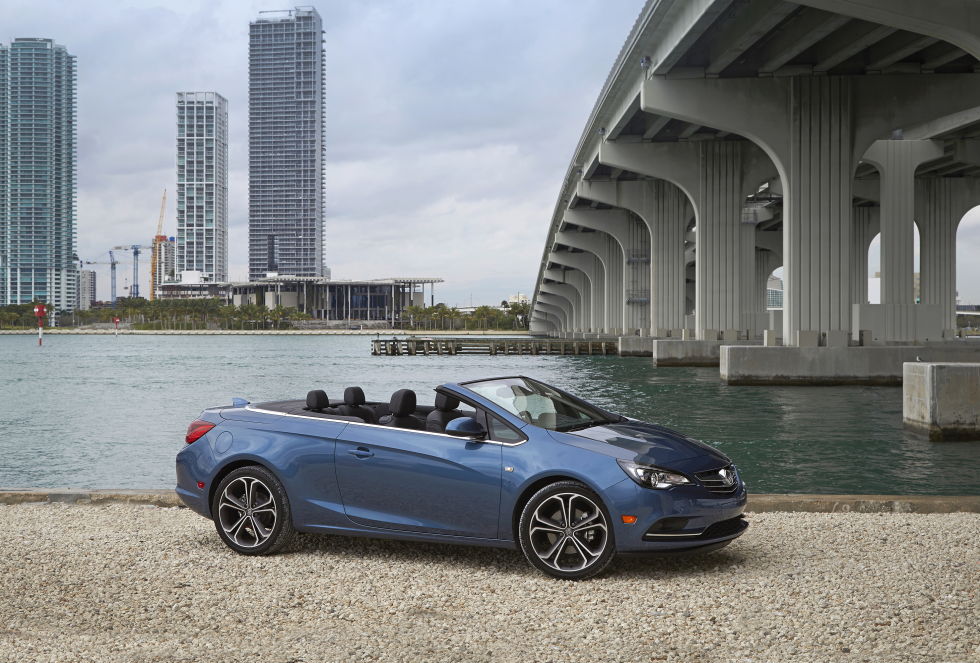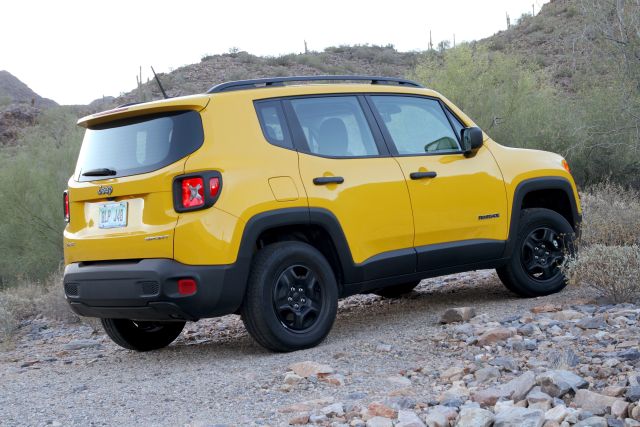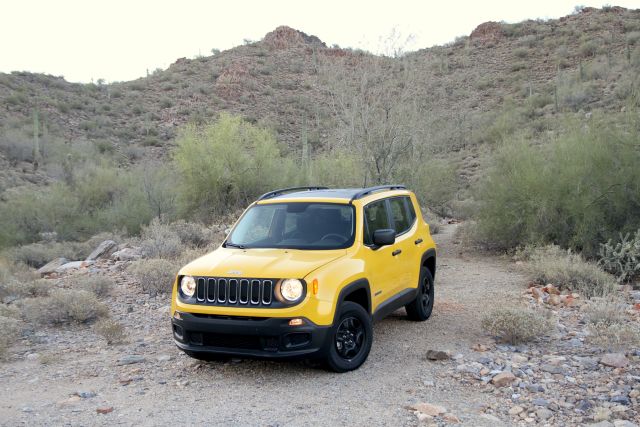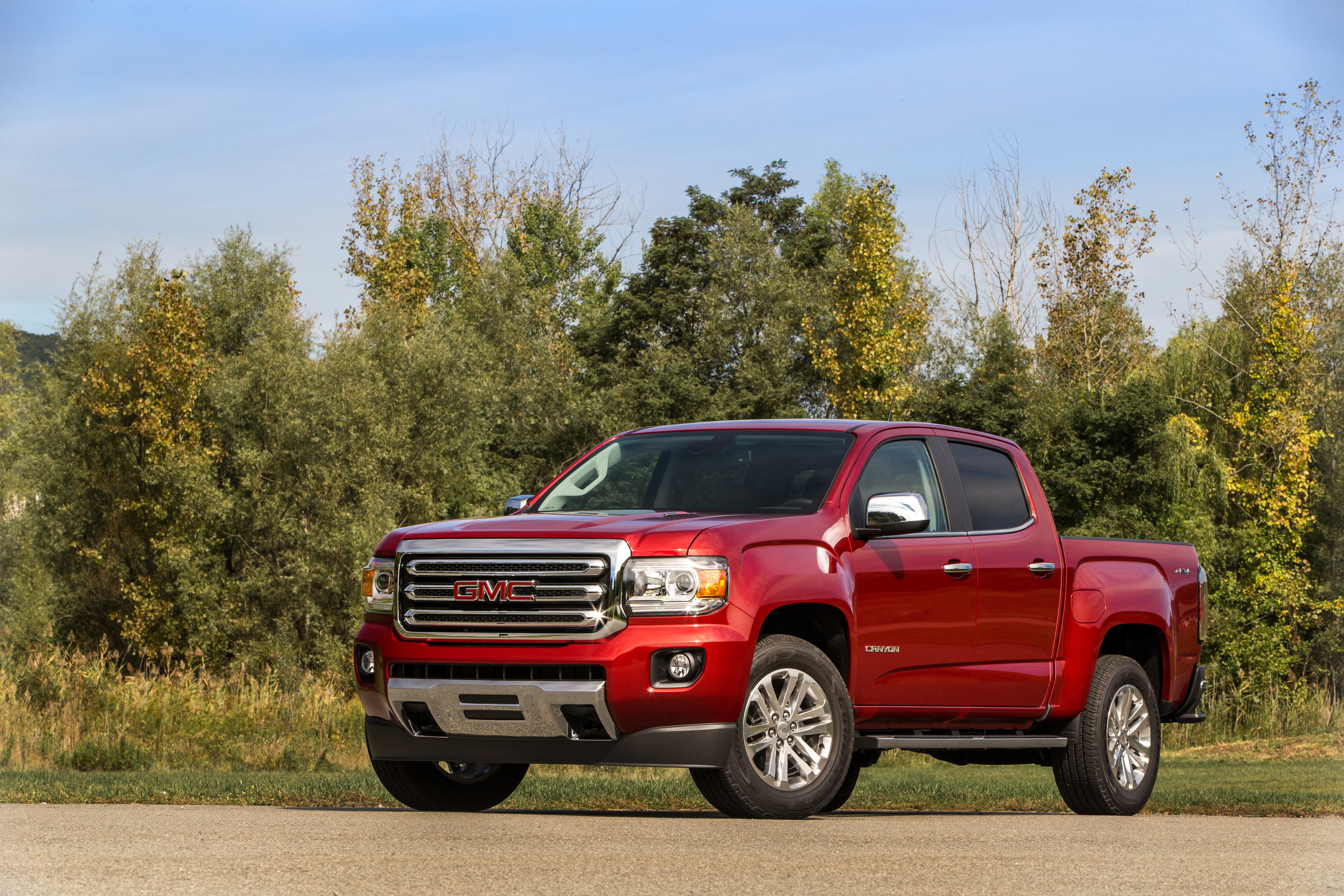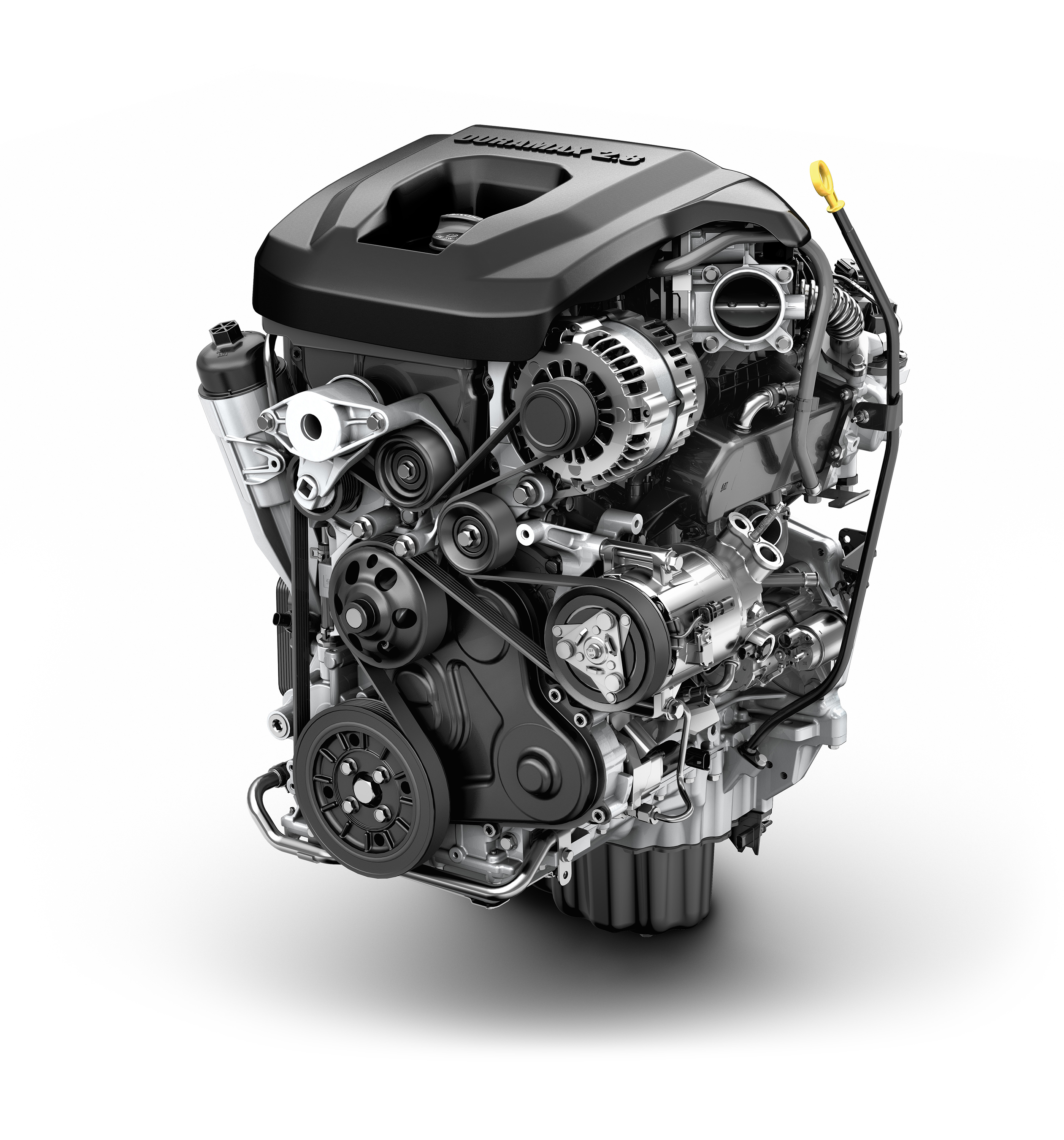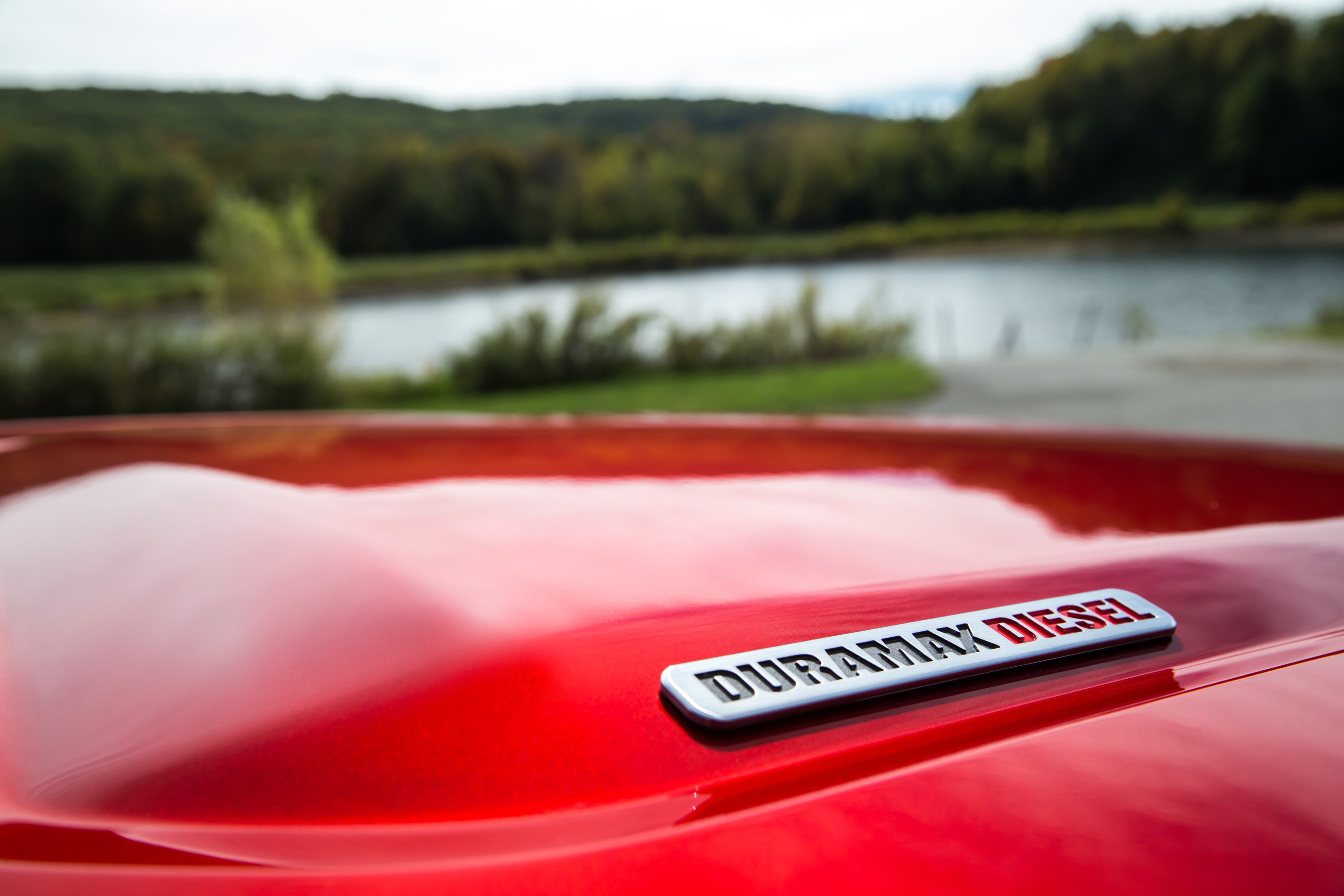The mid-size truck was a dying breed in the US two years ago. Its epitaph—90 percent complete—would have read, "Here lies the small truck, killed by its bigger brothers, cheap fuel, and the SUV. Rest in peace. Born 1972-ish. Died 2011."
A slew of factors converged for the near-death experience, including a solid sales decline starting with the 1990-91 recession, the pending omnipresence of the mid-sized SUV, and most importantly, small and mid-sized trucks growing stale. Why bother to develop mid-size trucks when full-size truck sales grew from 1991 to a peak of 1.5 million in 2005? And while SUV sales exploded? Granted, the lifecycle of pickups has never been in the same universe as consumer electronics, but chew on this: By the time the new Nissan Frontier debuts sometime next year, it will have been 13 years since it hit the market. You could have created yourself a lovely Scotch Whiskey in that time. [Or a pretty decent bourbon—Ed.]
But why does this matter? To put the relative significance of truck volumes into perspective, of the top five vehicle models sold in 2015, Americans bought 1,832,014 pickups. Among those same top five models sold, only 792,687 were cars. Compare those numbers to some popular cars with enthusiasts, techies, and the media—like Porsche's 911 (9,898), Tesla's Model S (25,202), and Chevrolet's Corvette (33,329)—and you rapidly realize the industry's winds blow largely into truck sails.
And that story has turned. Significantly. With GM's Chevy Colorado and GMC Canyon fanning sales flames, growth in light-duty (non-commercial) trucks is huge, and it's clearly focused on the mid-size sector. In 2014, small and mid-sized pickup sales amounted to just 254,000. In 2015, that number reached 357,000, and it's growing even more rapidly in 2016. Toyota's new Tacoma launched in Q4 of 2015, while Honda just launched the redesigned Ridgeline, but the GM twins did the heavy lifting. Neither Ford nor Ram have anything in the short-term pipeline to compete. And now GM is effectively piling on, offering the only diesel engine in the class, making the mid-size pickup a legitimate alternative to a full-size rig for some people. There may not be much intrigue or sexiness about mid-size trucks, but if you consider the aggregate dollars and volume involved, it paints a highly relevant picture.
So what? Pickups are as technically interesting as Conestoga wagons, you say? A wheeled brick and just as comfortable. But check this out: The Canyon's 2.8L four-cylinder diesel engine belts out 369 ft-lb (500Nm) of torque, which is scads more than the optional 3.6L V6's 269 ft-lb (365Nm)—as a comparison simply for kicks—more torque than the 3.0L twin-turbo flat sixes in the latest Porsche 911 Carrera and Carrera S. It's a whisker behind the bigger Silverado 1500's 383 lb-ft (519Nm) from its 5.3L V8. And if you think GM might be gun-shy about launching a diesel in the wake of Volkswagen's cheating affair with emissions, think again. "We have no hesitation on diesel," says GMC's Canyon Marketing Manager, Ken Bakowski. "We didn't hear anything [negative] from buyers or dealers. Perhaps the truck diesel market has different perceptions."
The GM 2.8L Duramax diesel (assembled in Thailand, actually) is no songbird, though no one should expect that of a truck's engine. However, once above a trotting pace, you neither hear nor feel the engine whatsoever. As a highly developed variation on another 2.5L diesel used globally, the 2.8L uses a variable-geometry turbo impeller, very high fuel rail pressure of 29,000psi (2000bar), and 16 valves actuated by double overhead cams, but the elephant in the engine room is displacement.
Large-displacement four-cylinder engines have contradictory traits. A larger swept volume—especially with a long stroke—yields a high and steady torque curve of the type which engineers want for heavy equipment. Inline fours make the most compact layout in physical dimension aside from a rotary, which itself has too many other compromises to justify development. An inline four is also optimal for ancillary packaging of intake, exhaust, and potential turbo- or supercharging.
But large fours can also shake like paint mixers. The second-order harmonics of a four makes the whole engine oscillate up and down at a frequency that's double the cranks' rotating speed. Mitsubishi designed balance shafts in the 1970s to minimize this shake using a concept borrowed from Frederick Lanchester 60 years prior. The shafts use weights that oppose each other and rotate at twice engine speed. In the Duramax 2.8L engine, the two shafts are buried deep within the engine block.
The 2.8L Duramax is happiest below 3,000rpm, and there's just about no need to waft above that range unless climbing grades at altitude and when towing. It delivers power and torque quietly, so aside from the modestly numbered tachometer, your passengers would hardly know they're in a diesel.
We logged an overall average of 22.3 real-world mpg, somewhat corroborating the EPA combined figure of 23mpg. But we never saw the claimed 29mpg highway figure, even over one 120+ mile (193km) steady highway stretch. Consider, however, that the Canyon and Colorado diesel twins can also tow 7,700lb (3,492kg) of dead weight behind them (7,600lbs/3,447kg in four-wheel-drive form). That's more towing capacity than few full-size pickup iterations, remarkable for a mid-size truck.
Just like real commercial big rigs and the heavier-duty full-size diesel pickups, the GM twins offer an integrated exhaust brake ("Jake brake"). It uses engine exhaust pressure to mitigate downhill acceleration—commonly used when towing—without overcooking the brakes.
Since diesel exhaust is the focal point of so much auto and tech news since Volkswagen's emissions cheating scandal broke, we took a look at this engine's exhaust path. Exhaust travels from the manifold into a close-mounted diesel oxidation catalyst (DOC) and then into a selective catalytic reduction (SCR) catalyst. It then passes through a diesel particulate filter (DPF), and finally out through a cooled tailpipe akin to those on heavier-duty trucks. You'll notice we didn't mention a muffler. It actually meets GM's internal noise restrictions without one, and the system yields lower back pressure.
We've also driven a V6-powered Colorado and can say that engine's power and torque curve favor high revs to the point that meaningful passing power and acceleration are regularly met with a loud and jarring downshift of one or more gears. No such apoplexy with the diesel. The diesel and its equipment adds 440lbs (200kg) to the truck's curb weight over the standard 2.5L gasoline four-cylinder where the gas V6 adds 170lbs (77kg). But you wouldn't know it unless you try driving in a manner more befitting a Corvette.
GM uses a raft of sound-absorbing bits to minimize diesel clatter like a thick metal cover over the timing belt, hydraulic engine mounts, a steel plate on the aluminum oil pan, and extra insulation atop the engine. The composite intake manifold minimizes noise, too. Because the injectors fitted to high-pressure fuel systems are loud, the injection's programming is altered to quiet it down as much as possible. GM also adds thicker interior pads and extra sound-deadening behind the dashboard area.
A "centrifugal vibration dampener" using a set of springs and dampers is also attached to the transmission's torque converter. While interesting, it also sounds like a dual-mass flywheel as used with manual transmissions, which rarely works well or as intended.
The Canyon also offers Apple CarPlay and Android Auto smartphone integration with hands-free phone book and dialing capability and "natural language" voice recognition so that music, communication, and directions appear on the (optional) 8-inch touch screen color display. CarPlay mirrors the iPhone's display and functions on the infotainment system. Apple Siri Eyes Free integrates the iPhone's voice controls with the vehicle and also supports text messages. The mid-size pickup twins also use GM's IntelliLink app suite and built-in 4G LTE Wi-Fi connectivity through the OnStar telematics system. Finally, Canyon and Colorado mid-sized trucks also offer forward collision and lane departure alert systems, though only on SLE trim levels and as an option.
It's unfair to compare the Canyon to larger trucks. It's also unavoidable. Though the Canyon diesel starts at just $27,555, a commonly optioned Canyon diesel costs within a couple thousand dollars of a similarly equipped Ram 1500 EcoDiesel or a variety of gas-powered full-sizers. Add the much larger incentives regularly found on bigger trucks (they vary by region) and it brings the price even lower and makes the decision even harder.
Of course, economy, size, and handling cannot compare—and those are huge reasons people have started buying mid-sized trucks. Also, they fit in garages, and some full-size pickups don't.
Sometimes, it comes down to factors just that simple. The Canyon and Colorado diesels are very pleasing, promising, capable trucks that don't glower over the Minis, Priuses, and Golfs that share the road. The fact that they deliver nearly all the versatility of their bigger brothers is their achieved stretch goal.
